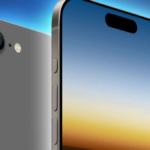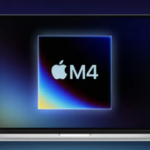The 5.5G system, or 5G-A, stands for new and more advanced mobile network that will come after 5G. Xiaomi isn’t playing around in areas of theforefront and the epicenter of the industry’s technology, exhibitedby itsnew flagship 14 Ultra with fast and speedy download function including speeds faster and downloads than we thought possible.
What the latest upgrade of 2023 Xiaomi 14 Ultra brings is the DOWNLOAD speeds of 5 Gigabits per second and even up to 10 Gigabits per second. This means the speed will exceed 4G tenfold! This smartphone is going to travel in circles with just the fastest devices in this small circle. However, this realization has been very much a thing for the near past, with only a few devices, like the Oppo X7, claiming it.
The 5.5G technology for Xiaomi 14 Ultra does not just increase the Whole transmission speed. It shortens the transmission delays to the extent that it is close to no delays. This provides for such application where application requires the response to be in real time. For instance, in the case of online games, player actions, as shooting or dodging, appear to have almost instant effect. Expect that players will now enjoy more immersive and thrilling gaming approaches that are relatively more competitive.
The improvements don’t stop there: reflecting this technology as well not only extends the intercommunication options with IoT networks, but also makes the energy usage more efficient. Such as (it) helps the system in a timely and intelligent manner that is being built in an autonomous vehicle.
While these others have also confirmed to be compatible with 5.5G network to series like the Oppo Find X7 Ultra be mentioned like the Vivo X Fold3 series and the IQoo12. It’s Honor, too, that integrated this tech into their Magic6 series but without having it performing under the 5G-A likeliness.
At present, the availability of the 5.5G network is still limited and mainly concentrated in some specific regions, mainly in China. Chinese operators, including China Mobile, have been at the forefront of implementing this technology, being among the first to test and deploy it on a larger scale.














